☰ Cardiff Scientific Society

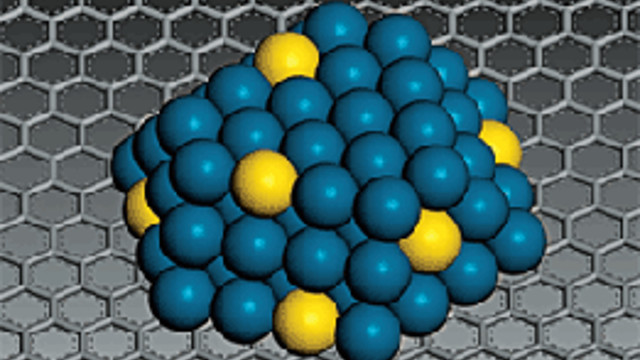
Catalysis by Gold
Professor Graham Hutchings
Cardiff University
6th October 2010

The Science of Common Things
Dr Melanie Keene
Cambridge University
20th October 2010

The Sir Martin Evans Lecture: Mice, Men and Medicine
Professor Sir Martin Evans
Cardiff University
3rd November 2010

The 300 Million Years War: How Plants Use Their Weapons to See Off Everything from Dinosaurs to Caterpillars
Professor Susan Hartley
University of Sussex
17th November 2010
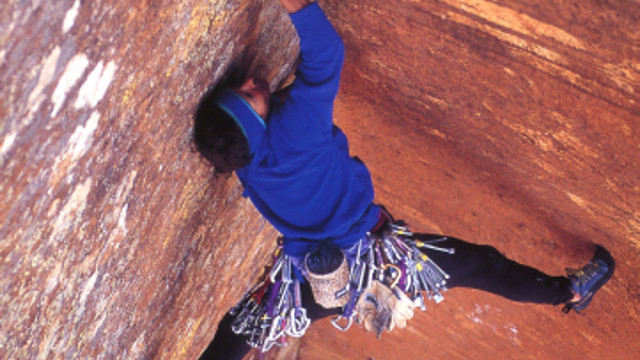
Rock Climbers: Human Flies Defying Gravity
Professor John Harwood
Cardiff University
1st December 2010

Drug Discovery: Stumbling and Sometimes Finding. The Story of Cf1743: the Most Potent Antiviral Drug Reported to Date
Professor Chris McGuigan
Cardiff University
12th January 2010

The Consequences of Chernobyl: from Human Health to Genetic Mechanisms
Professor Sir Dillwyn Williams
Cambridge University
26th January 2011

Below the Salt: Salt Miners from Ancient Iran
Professor A Mark Pollard
Oxford University
9th February 2011

The Lord Phillips Memorial Lecture: Jet Streams in Weather and Climate
Professor Sir Brian Hoskins
Imperial College London and Reading University
16th February 2011
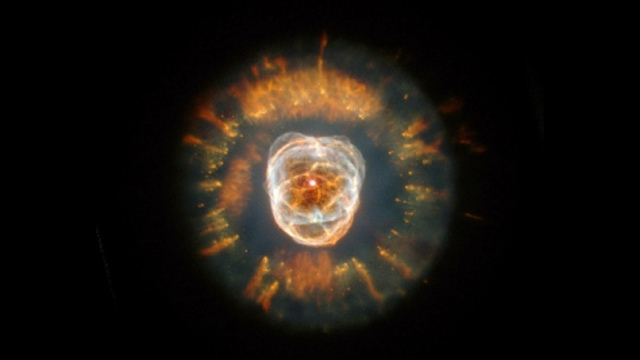
Smoking Supernovae: the Controversy over the Origin Of Cosmic Dust
Dr Haley Gomez
Cardiff University
23th February 2011
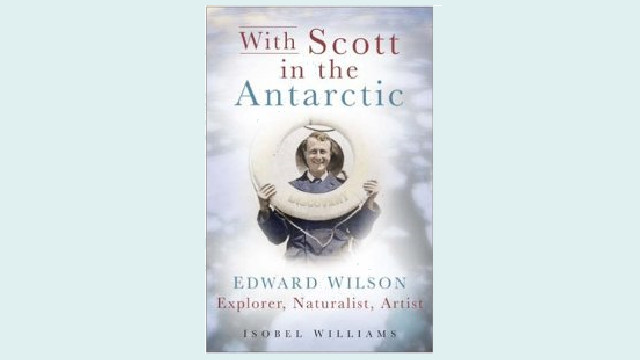
With Scott in the Antarctic: Edward Wilson's Scientific Observations
Dr Isobel Williams
Author
9th March 2011
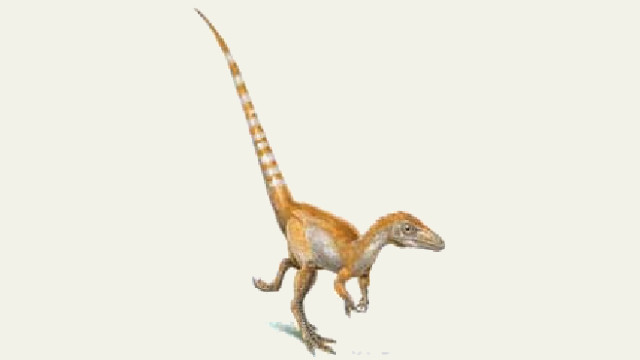
The Colour of Fossil Birds and Dinosaurs from China
Professor Mike Benton
Bristol University
23rd March 2011